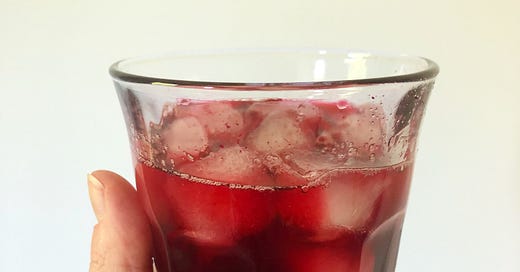Hello, and welcome to Newsletter No 38 here on Substack! Thank you for stopping by. If you are already subscribed - THANK YOU! Seeing thousands of you read my newsletters each month means the world to me! And if you are not yet a subscriber, hit the link below if you are interested in recipes as well as tips and tricks to make the most of our increasingly eclectic pantries and a good dose of my at times random musings about all things food!
❤️ Did you know that if you hit the HEART at the top or bottom of this post, it makes it easier for people to find this newsletter? (And also puts huge smile on my face!)
Welcome back to Ingredient Spotlight where I write about one of the many different ingredients I like to bake and prepare desserts with. In the past we have already covered how to incorporate Turmeric, Sumac and Labneh into delicious baked goods and desserts. This week we will talk all things Hibiscus, also known as Flor de Jamaica - wh…
Keep reading with a 7-day free trial
Subscribe to Real Simple Food to keep reading this post and get 7 days of free access to the full post archives.




